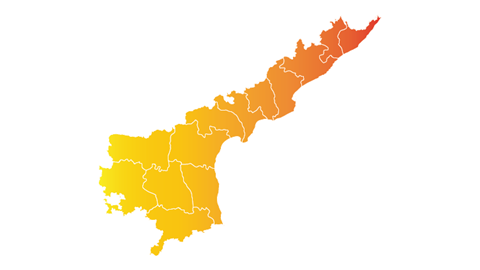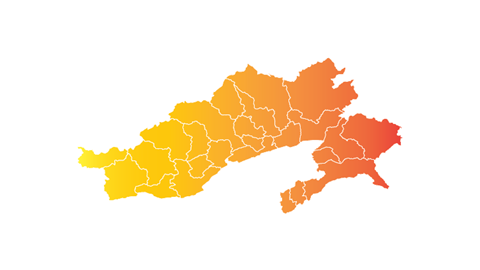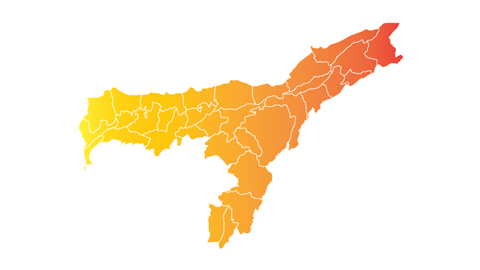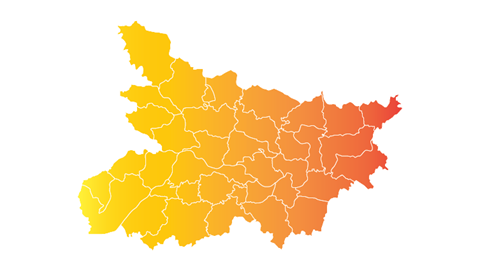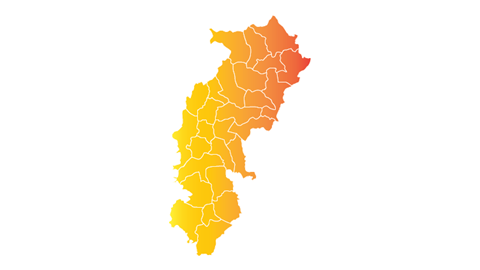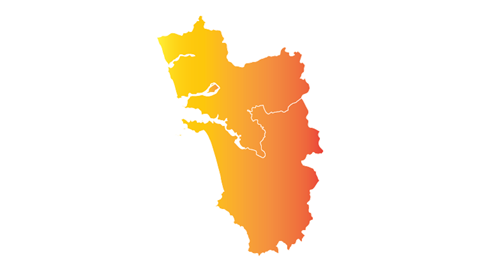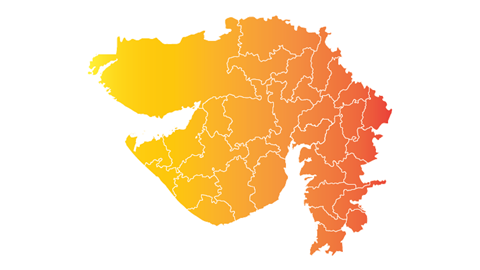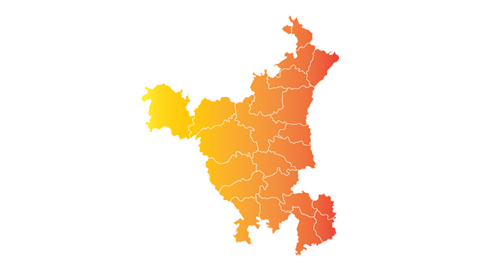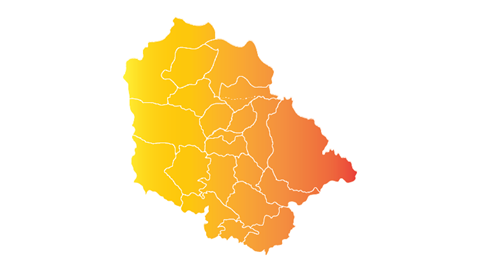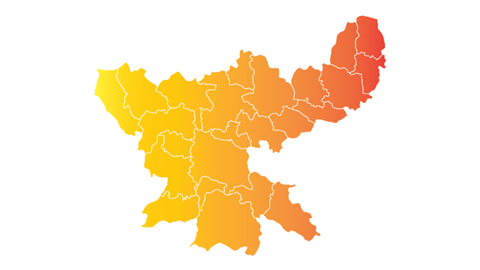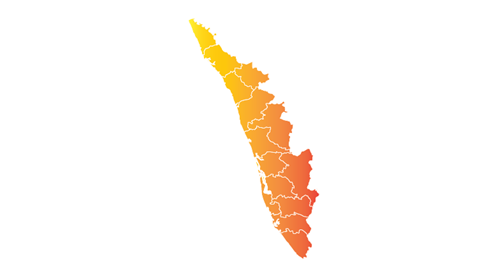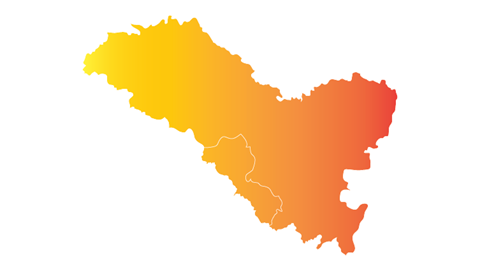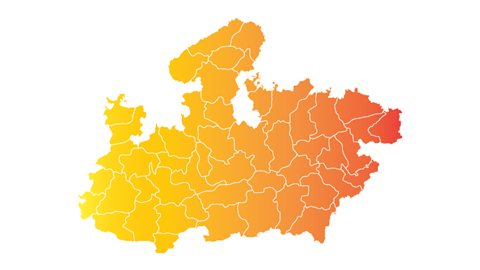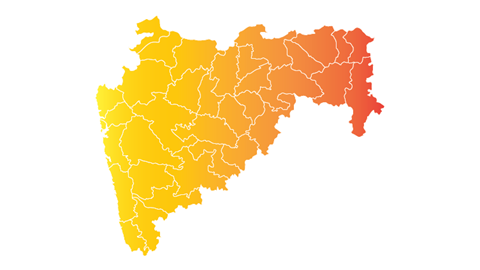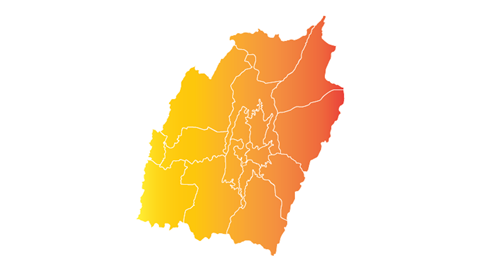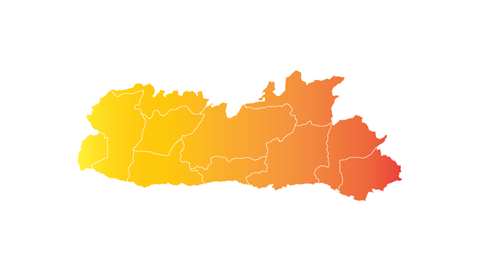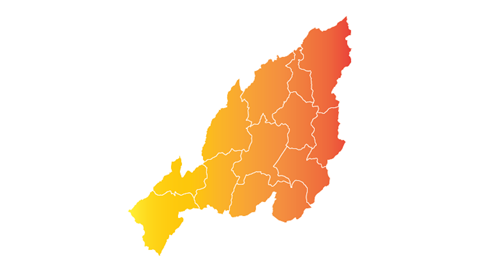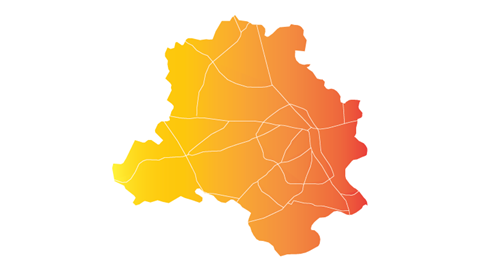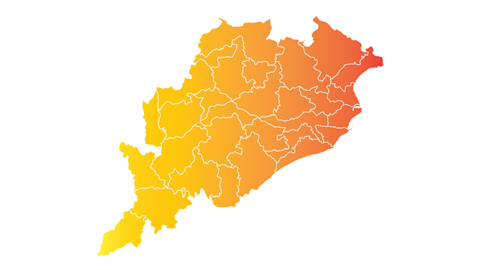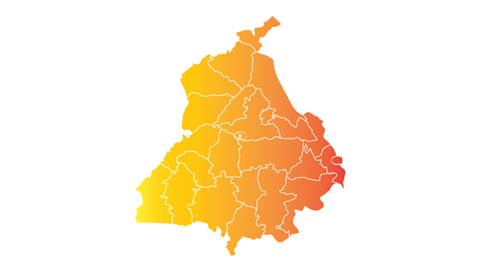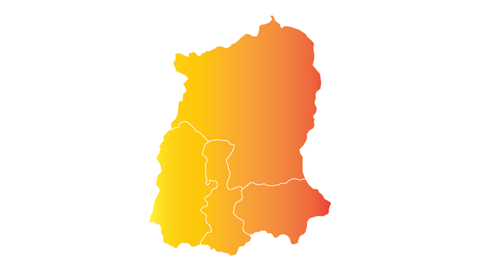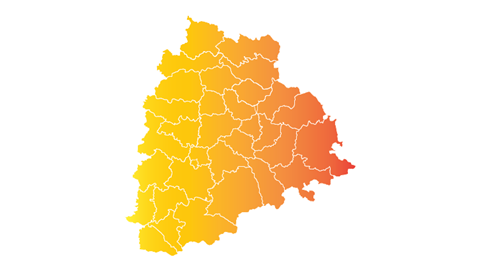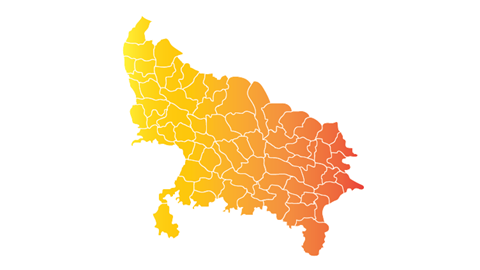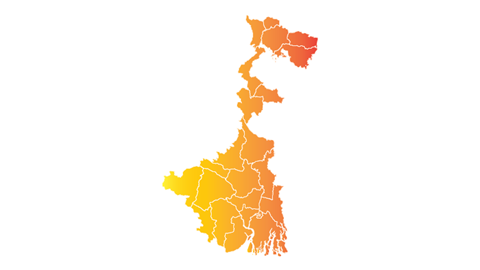Tripura State
Critical minerals, policy, and the energy transition
The Energy Transition in Tripura, India
Tripura, tucked between Bangladesh and the Lushai Hills, is steadily reducing its reliance on diesel and imported power by scaling solar, biomass and domestic gas. Installed capacity is about 700 MW, led by the 101 MW Monarchak gas station and the 726 MW Palatana CCGT plant (jointly operated with ONGC), which exports surplus to the Northeast grid. Rooftop and ground-mount solar add just 35 MW today, but the Tripura Renewable Energy Development Agency (TREDA) plans 250 MW by 2030, including floating PV on Dumbur Lake and 75 MW of agrivoltaics in Sepahijala and Gomati. A 100 MWh battery system planned near Agartala will help smooth solar variability and manage evening peaks. The state is also piloting bio-CNG from bamboo and rice husk to replace diesel in rural transport and power back-up. Tripura’s resource potential is concentrated in organic and sedimentary zones. Bamboo biomass is abundant across all eight districts, while shallow gas reserves support peaking power and ammonia production. Clay and kaolin deposits in West Tripura feed ceramic industries, and recent surveys in the Jampui hills have flagged rare-earth traces in lateritic soils. By combining solar, gas flexibility, bioenergy and niche minerals, Tripura is emerging as a compact, low-carbon energy and materials hub in India’s northeast.
A state-by-state analysis of India’s critical minerals and energy transition policies
SFA explores the state-level frontlines of India’s strategy to secure its position in the global energy transition. As demand surges for critical minerals used in electric vehicles, grid storage, solar, and hydrogen technologies, India is intensifying efforts to diversify supply, localise processing, and reduce strategic dependencies. This analysis examines how mineral endowments, state-level industrial policy, and renewable energy deployment intersect across the Indian landscape. From lithium-bearing pegmatites in Karnataka and Jammu & Kashmir to rare-earth-rich coastal sands in Tamil Nadu and Odisha, this state-by-state review highlights the opportunities and constraints shaping India’s clean-energy future and its role in global mineral security.


Meet the Critical Minerals team
Trusted advice from a dedicated team of experts.

Henk de Hoop
Chief Executive Officer

Beresford Clarke
Managing Director: Technical & Research

Jamie Underwood
Principal Consultant

Dr Jenny Watts
Critical Minerals Technologies Expert

Ismet Soyocak
ESG & Critical Minerals Lead

Thomas Shann Mills
Senior Machine Learning Engineer

Rj Coetzee
Senior Market Analyst: Battery Materials and Technologies

Franklin Avery
Commodity Analyst
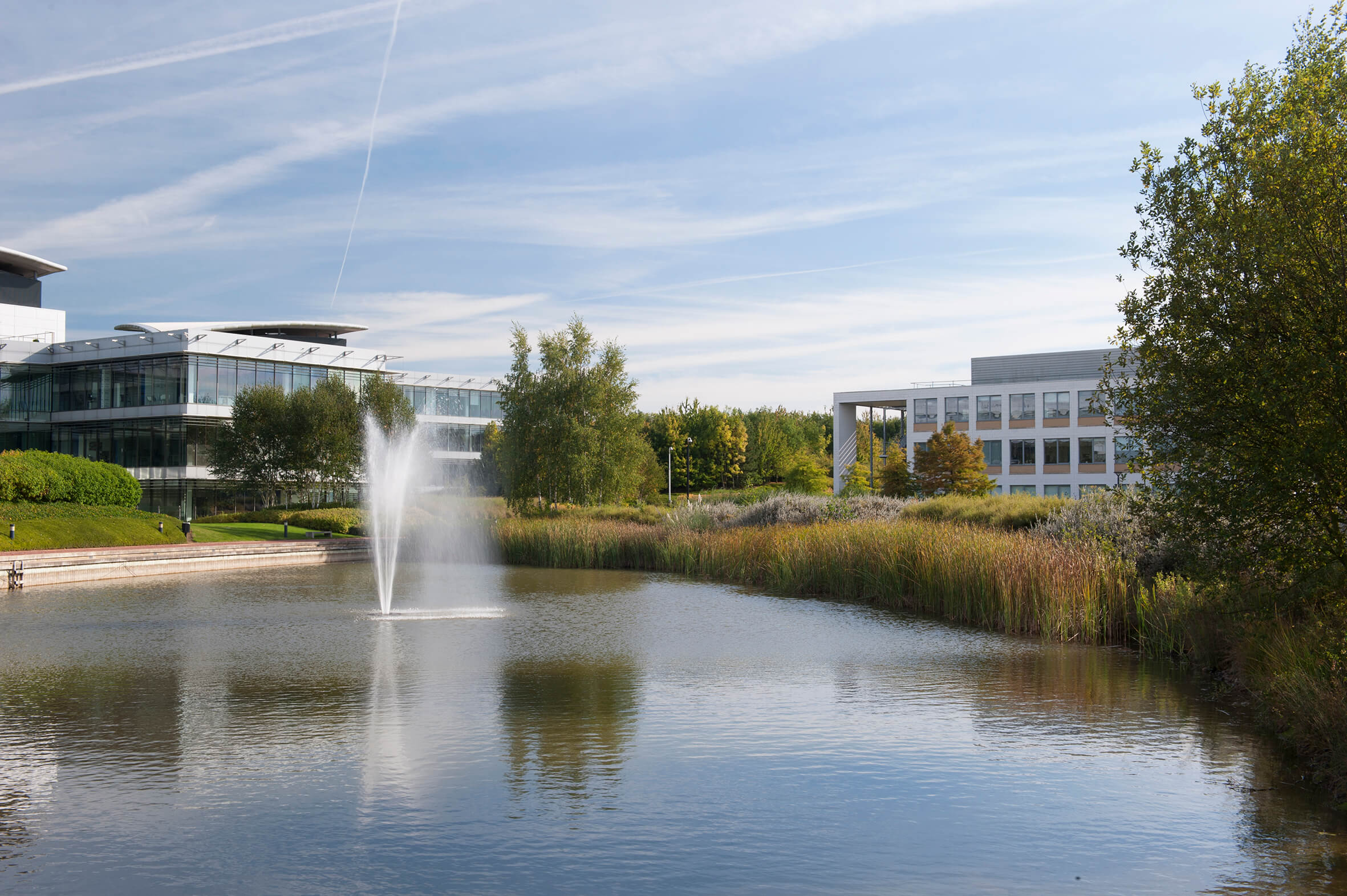
How can we help you?
SFA (Oxford) provides bespoke, independent intelligence on the strategic metal markets, specifically tailored to your needs. To find out more about what we can offer you, please contact us.

